If you Google “is Flanders Fields a real place,” the pre-baked Google response is American centric and falls flat of the truth: “Flanders Field American Cemetery and Memorial, a World War I cemetery on the southeast edge of the town of Waregem, Belgium. Poppy flowers began to grow after the burial of the fallen soldiers.”
In reality, it was the churning of the soil and fertilization by nitrogen-based bombs and dead bodies that caused the long-dormant Belgian poppy seeds to come to the surface and grow.
“Flanders Fields” is not limited to one particular area, it is the part of the western front that ran through Belgium just south of Zeebrugge. The fields are associated with battles that took place in the Ypres Salient (e.g. the Second Battle of Ypres and the Battle of Passchendaele).
The term was popularized by John McCrae in his poem, In Flanders Fields. McCrae was a talented, influential Canadian doctor who fought during the Second Battle of Ypres.
He was inspired to write the poem after the funeral of his McGill student, militia friend, and attestation buddy Alexis Hammum Helmer. It’s said that McCrae presided over the funeral; that not much was left of Helmer so whatever pieces could be found were put into a burlap sack, which was shaped into a human form and buried.
There is uncertainty around Helmer’s death that points to the confusion and disorganization of the early years of the battles of the Ypres Salient.
Military records from 1915 have Helmer in France around the time of his death, and claim he was buried at Malakoff Farm in Hargicourt after being “killed in the field.”
The Commonwealth War Graves Commission has him listed as both in the White House British Cemetery in St. Jean-Les-Ypres and “missing.” These “missing” records have him listed on the Menin Gate Memorial for the men who were never found. The Circumstances of Death registry in Canada also has Helmer listed as a missing Canadian soldier on the Menin Gate Memorial. The only detail in the records is that he was killed in action North of Ypres.
McCrae’s own personal account has Helmer buried in a small cemetery behind a field hospital in Boezinge, Belgium. This would later become the Essex Farm Cemetery in which Helmer’s grave was never found.
In contrast, McCrae’s death was rather slow and muted. His medical records have him suffering and eventually succumbing to a deadly bacterial cocktail of suppurative meningitis, pleuropneumonia, and acute lobar pneumonia. He was plagued by bronchitis throughout his overseas service and often spent months in a convalescent home.
The tragedy of both of these men’s deaths plus countless others is unapologetically on display in the Flanders Fields Museum in Ypres.
The museum is housed in what was once the Ypres Cloth Hall (Lakenhalle). In medieval times, this was the epicentre for cloth and woollen trade in Flanders, when the city of Ypres was very prosperous as one of the leading centres of the Flemish weaving industry.
During the First Battle of Ypres, the Lakenhalle became a target for German artillery when they realized they wouldn’t be able to take the city (1914). A year later, these same troops systematically fired shells into the city and at the Cloth Hall to draw attention away from gas attack preparations.
By the end of the war, little was left of the medieval building. It was agreed during the Treaty of Versailles that Germany would rebuild Ypres to its previous state (brick by brick). This was controversial. The British wanted to leave Ypres in ruins as a reminder and memorial to all the men who died in Flanders Fields.
The museum opened as a place dedicated to the study of the First World War; and, many of the displays don’t hold back. The Great War changed the humanity of men and the stories of brutality never made it home to friends and families. But, it’s on display here.
The museum is one of those places that stays in your head long after you leave. One particular story that is stuck in my brain comes from a display about the first gas attack.
In Flanders Fields, McCrae writes, “…in the sky the larks, still bravely singing, fly scarce heard amid the guns below.” This speaks to a moment of innocence for McCrae because after the first gas attack, nothing was left alive. Everything died on that day… including the larks.
I took no photos of the brutality.

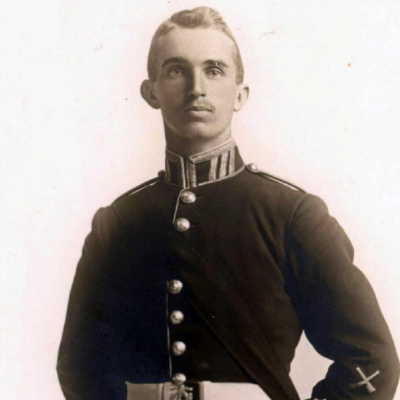
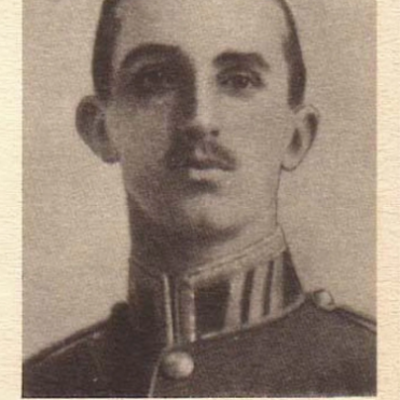
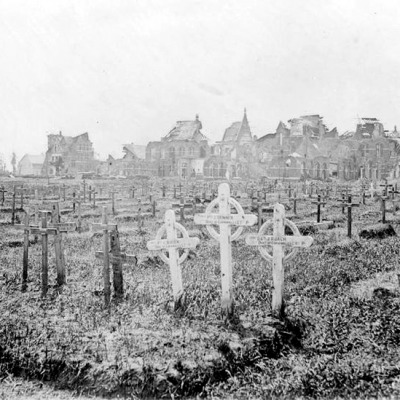
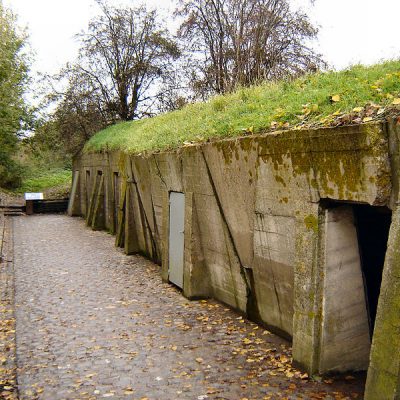
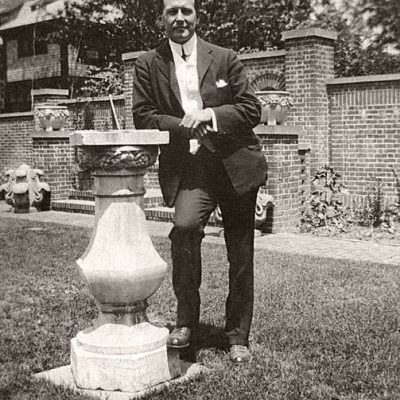
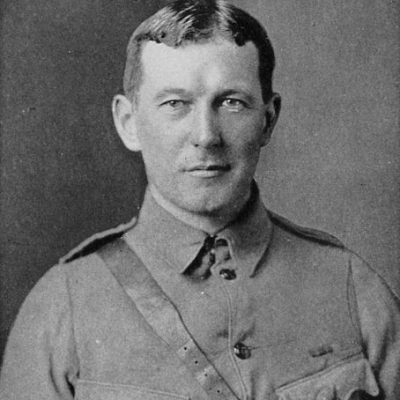
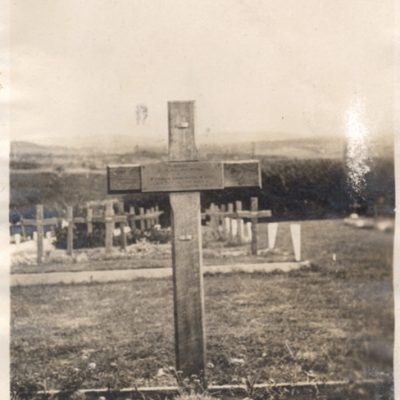
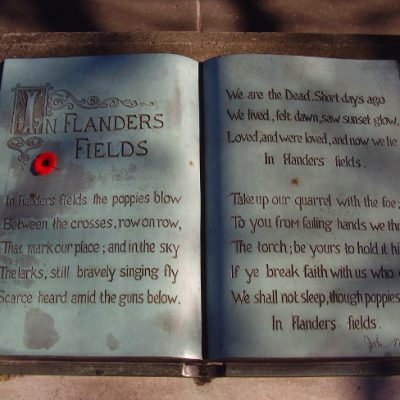
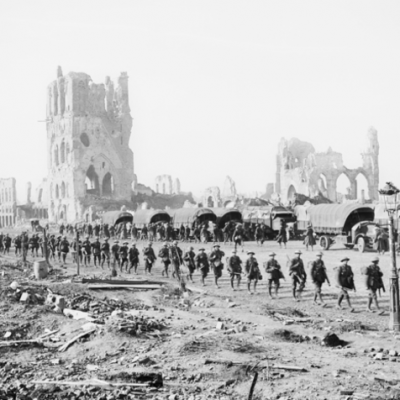
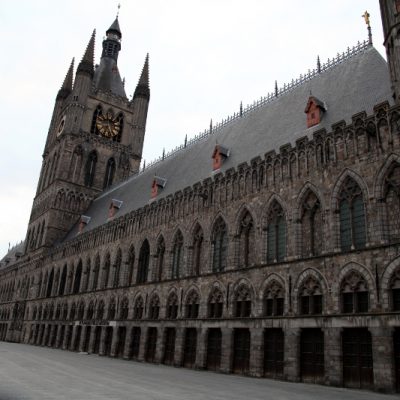
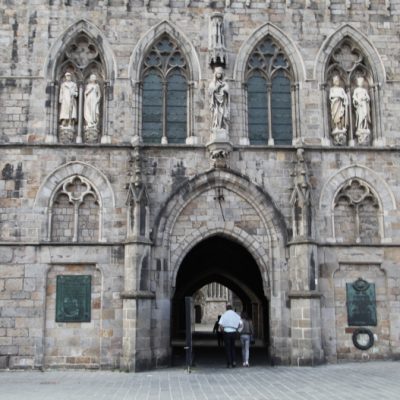
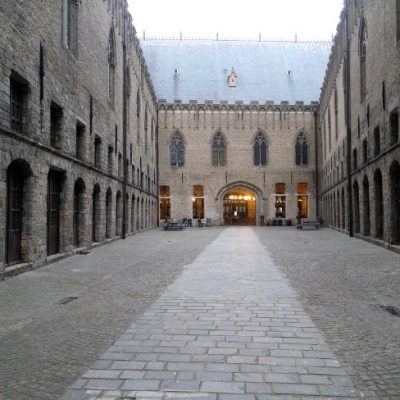
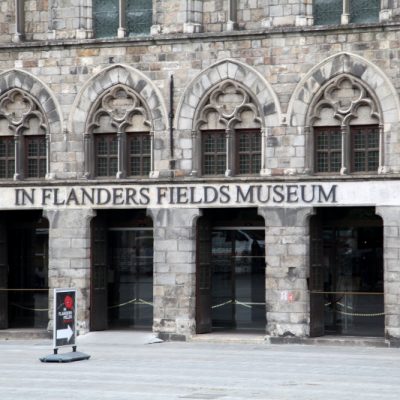
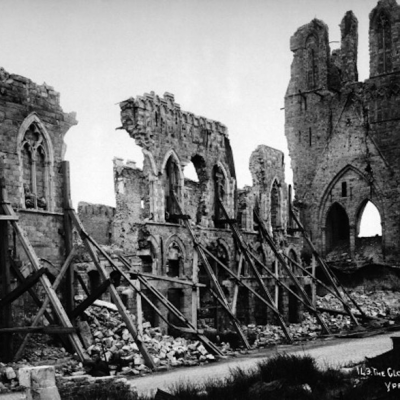
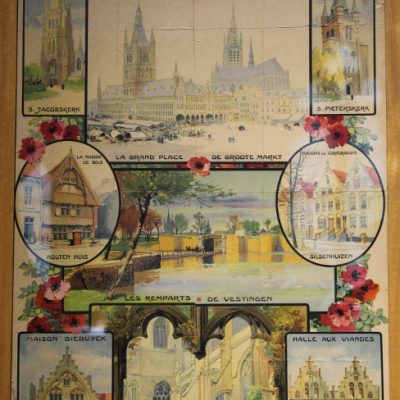
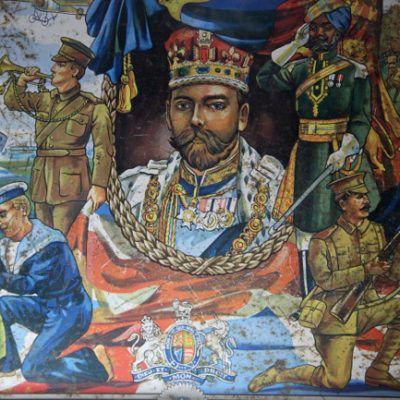
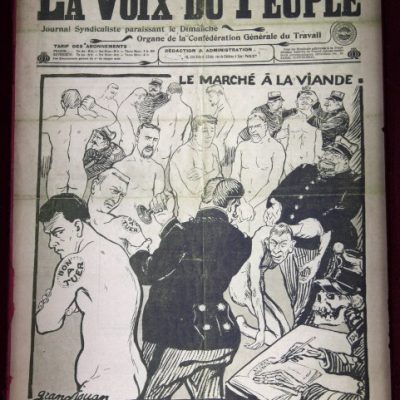
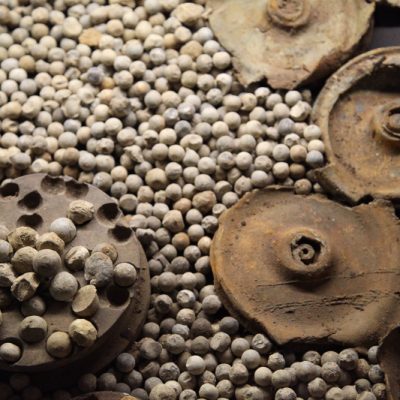
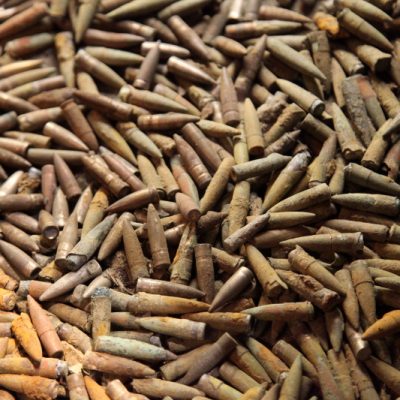
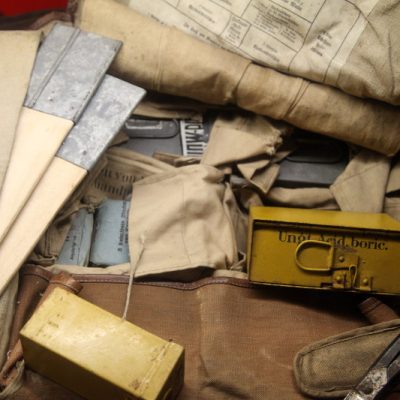
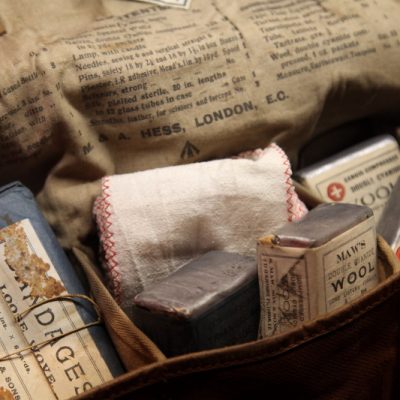
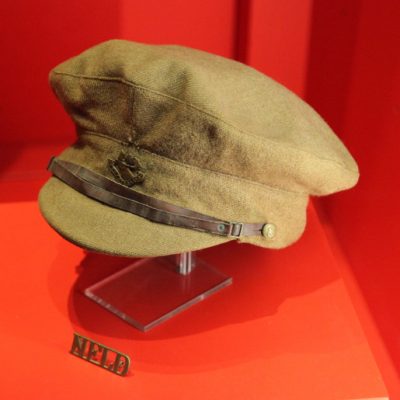
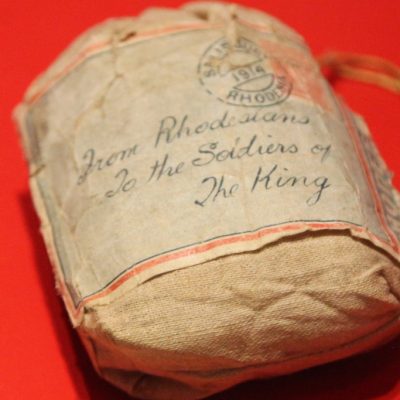
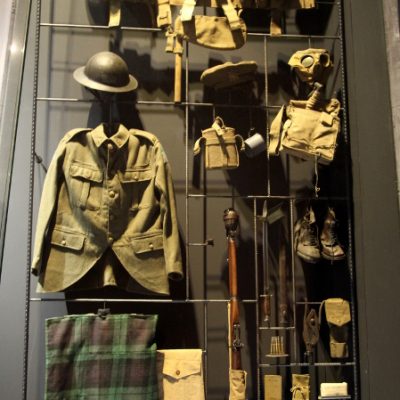
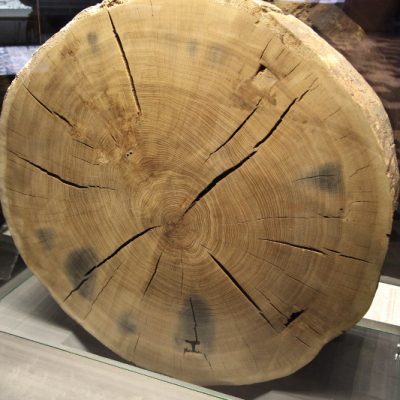
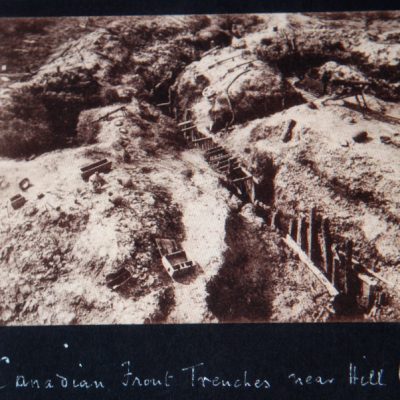
0 comments on “The brutality and confusion of Flanders Fields”Add yours →